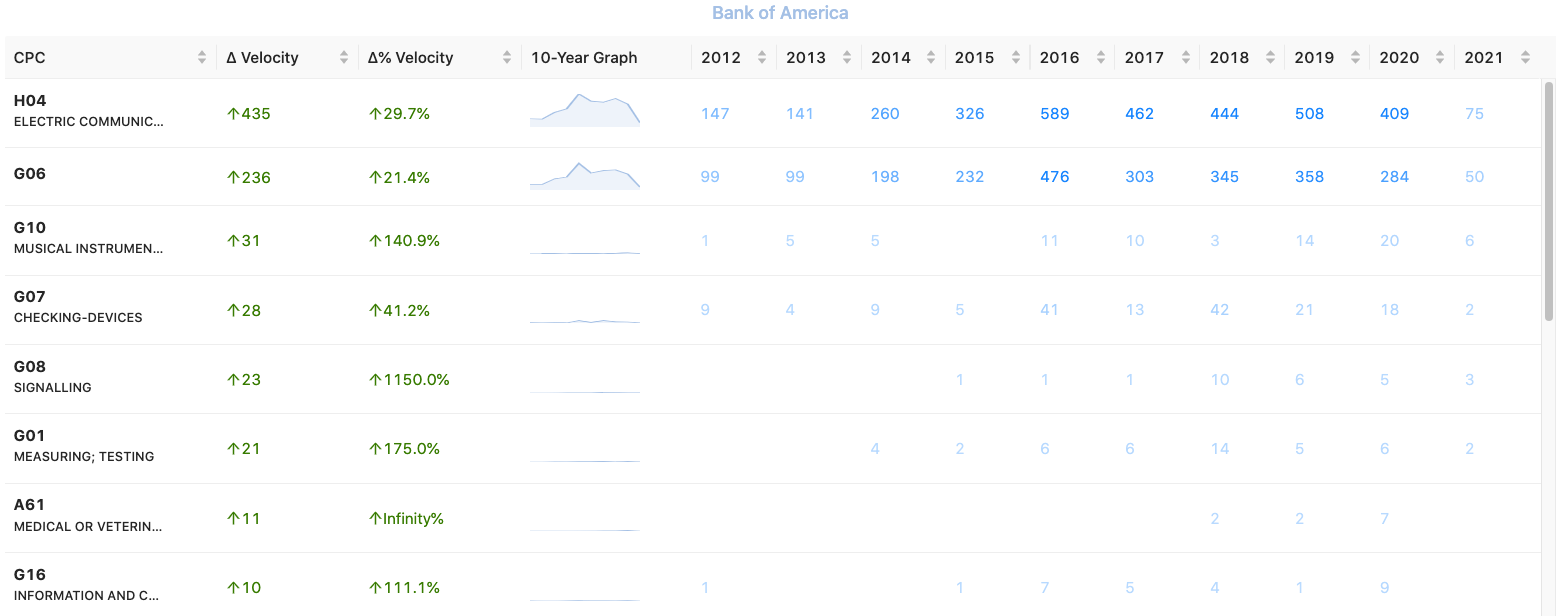There is not a day where the words “crypto,” “blockchain,” or “digital ledger” are used in the news or daily conversations. While some are caught up in the unstable climbs and drops of the various digital currencies, a patent war has been brewing. Some of the major financial institutions, including Goldman Sachs and Bank of America, have patented the fundamental technology that allows blockchain to reach new frontiers. In 2019 for instance, the AnnA Villa in Paris made history by becoming the first ever European property to be sold entirely via blockchain transaction for 6.5 million Euros.
As cryptocurrencies move to the forefront of the everyday financial system, major exchanges such as Coinbase, Cash App, Binance, and Bisq, that allow individuals to exchange various currencies, have seen an uptick in mergers and acquisitions. Notable, Coinbase debut on the Nasdaq in April 2021 with a 86 billion USD market value.
This comes shortly after a flurry of M&A activity in 2020. In a report published by PwC, the total market value of crypto-related deals during the first half of 2020 ($600 million) exceeded all of 2019. This is significant even when accounting for Binance’s estimated 400 million USD acquisition of CoinMarketCap in April of 2020.
Later in November 2020, PayPal made the jump into crypto offerings, putting the whole financial industry on notice. This activity has some predicting that digital financial companies, such as Square, Mastercard, Visa and also tech giants like Facebook, will set a pace for broader financial services companies in the upcoming quarters with their own investments and moves into crypto offerings.
Meanwhile, the second half of 2020 saw deals involving decentralized finance largely built on Ethereum. These factors have led to a number of new applications that mostly centered on the trading and liquidity sourcing of more thinly traded crypto currencies. The interesting part of late 2020 and early 2021 was not only the myriad of new applications, but the rise of blockchain-based Non-Fungible Tokens (NFT) which saw celebrities and even famous investors create their own tokens.
The highest-value NFT sale to date is a piece by crypto-artist Beeple put on auction at Christie's. It was the first NFT to be sold at the historic auction house and pointed to a newfound institutional legitimacy for the burgeoning market. The art piece, titled "Everydays: The First 5000 Days," was a compilation of 5,000 pieces by Beeple. The token sold for 69 million USD.
Not only did the concept of NFTs launch, but it spurred a new social media network launch just a few months ago called BitClout. This platform allows people to buy or sell non-fungible tokens to an automated market maker; the tokens are called "creator coins" and are bound to cryptographically secured accounts with unique names.
While the focus has been in the financial sector, the reach of Blockhain’s disruption is not an isolated event. It has the potential to affect every industry including 5G. For example, vehicles will be utilizing the Vehicle-to-Everything system (V2X). The V2X system will need hundreds of key-paired certificates weekly, which a blockchain would be able to provide.
With all the recent activity, Unified Patents decided to look at the landscape to determine, in the US, who were the top patent holders and how companies could use various metrics to examine both their patent portfolio but also their choice of a patent prosecution firm to bolster their position in the blockchain market.
Using the keywords identified below in the appendix, the search resulted in 1,965 patent families, which included 5,985 patents or patent applications. Of that 1,969 were from the US. China followed in second with 1,417. WO applications encompassed 737, EPO had 444, while Korea had 226. The geographical breakdown can be seen below.















